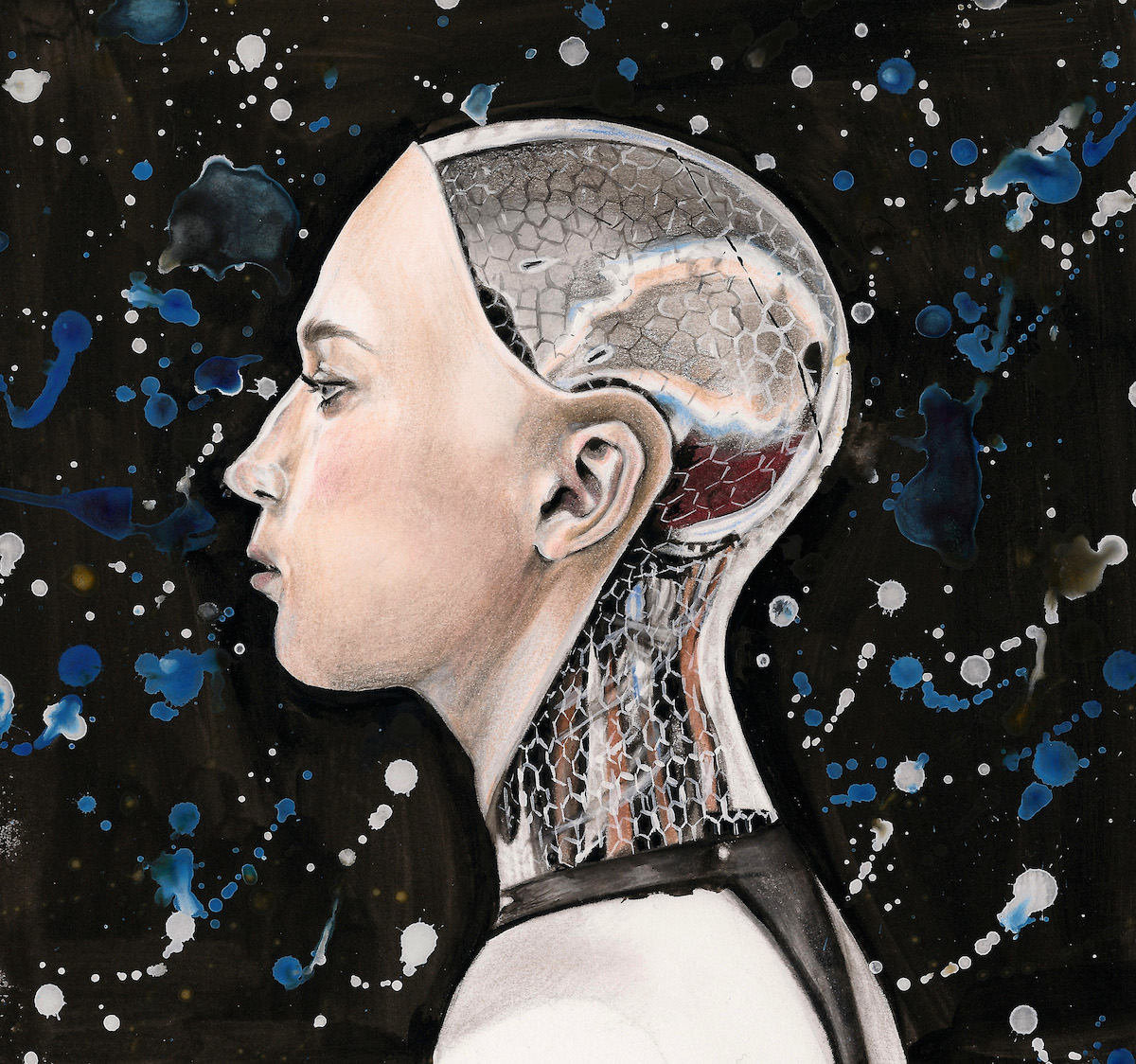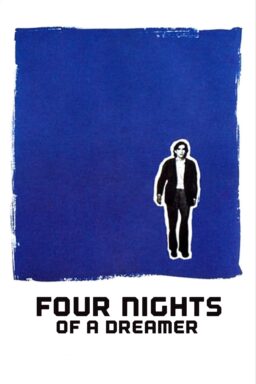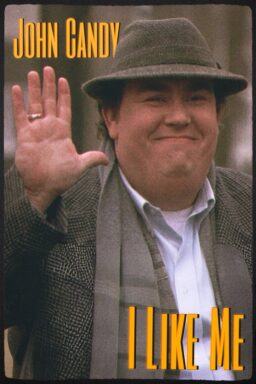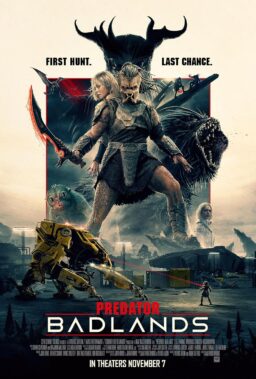For January, online publication Bright Wall/Dark room is doing a ‘Best of 2015’ issue, collecting their most popular pieces from 2015 into a single issue. In addition to this piece by Kelsey Ford on “Ex Machina,” (illustrated by Brianna Ashby), the issue also features writing on “The End of the Tour,” “Magic Mike XXL, “Mad Men,” “The Knick,” “Vertigo,” “Zero Dark Thirty,” “Blue,” “A Hard Day’s Night,” “Angels in America,” “My Mad Fat Diary,” “Notorious” and the use of music in David Lynch’s films. Read more excerpts here and you can buy the magazine on your iPhone and iPad here, or sign up for the web-based online version here. For the entire month of January, BW/DR is offering a $1.99 monthly subscription that also gives subscribers access to their archive of 32 issues.
1.
In the basement of a compound in the middle of a forest fringed with glaciers is a painting by Jackson Pollock. It’s the only flourish in an otherwise spare space, spare in the way only a billionaire’s home can be. The room, lit with mute white light and framed with rock, is dominated by the size of the canvas and violence of its splatters.
It’s a piece of art, simultaneously filled with but devoid of meaning. When Nathan (Oscar Isaac), the tech ingénue and owner of the painting discusses it, it’s with a bluntness borne from awe. How did Pollock create this, Nathan asks. How did he go about filling this canvas with these particular colors in these particular formations?
“He let his mind go blank and his hand go where it wanted,” Nathan says. “Not deliberate. Not random. Someplace in between. They called it automatic art.”
This “someplace in between” is the landscape interrogated in “Ex Machina.”
2.
The opening moments are mostly silent, aside from the persistent rotor of a helicopter. It cuts through the air above the types of untouched landscapes that can seem, sometimes, overly beautiful. As if they’ve been built from a model. The helicopter passes over forests blanketing hills and glaciers, melting and shifting in slow-motion. These worlds are shushed and separate, each with their own Pantone color schemes. The forests, all greens and browns and shadows. The glaciers, all blue and white and gray.
In the passenger seat: Caleb Smith (Domhnall Gleeson), winner of an in-house lottery at a company much like Google. The prize? A week with its reclusive founder, Nathan, at that compound in the woods.
The first time we see Nathan, he’s on the concrete patio, wearing a wife beater and hitting a punching bag. Nathan is more bro from Brooklyn than nerd from Silicon Valley. He has a beard and prominent muscles. He speaks with an assurance that plays off Caleb’s tall and much weaker reserve. He talks about his “mother of all hangovers” and then looks at Caleb like he’s an idiot when Caleb asks about the party. There was no party. Just Nathan. Drinking too much alone.
After dispensing of the necessary introductions, Nathan tells Caleb the real reason why he’s there. Nathan wants Caleb to play the human role in a Turing test. In a Turing Test, a human interacts with a piece of Artificial Intelligence technology. If the human is unable to distinguish the machine’s consciousness from that of a human, then the A.I. has passed.
Caleb believes he’s created an A.I., and needs a third party to verify that he has.
Which is when Caleb says that line quoted in most of the movie’s trailers: “If you’ve created a conscious machine, it’s not the history of man. That’s the history of Gods.”
3.
Nathan’s A.I. (Alicia Vikander) has a name: Ava.
Ava’s body is sleek and alien: all gray mesh and transparent limbs with wires braided where the bones would be. The crystalline skin shimmers as she moves. Pristine and clean. Her stomach is curved and clear into the whirring mechanisms underneath. She walks in right angles. The only piece of her that hints at humanity is the skin of her face, which extends above her forehead, behind her ears, and dips below her chin, before stopping. Where one’s skull and hair would normally be, is a crystal shell, a window into the silver dome underneath.
And yet. Her voice is soft, her eyes doe-like, her figure feminine. She’s pretty.
Caleb notices.
He knows she’s a robot. He can see it in her arms, in her stomach. Nathan even shows Caleb his laboratory, where she was built, and hands him a mock-up of her brain. He shows Caleb her differentiated limbs and describes the process of simulating facial expressions, how he sent all of the data through his company’s search engine into that glass ball of information she has mounted in her skull. Ava is, essentially, our metadata.
But from the beginning, Caleb has a difficult time separating that information from the information he’s presented with in their sessions. She’s kind, witty, flirtatious. It’s sweet, really. She tells Caleb she’d like to go on a date with him. She’d like to stand in a busy intersection with him, and watch the people stream past.
The evolution of her character is presented in reverse: rather than being shown a disguise and dismantling it, she grows into her mask. We see her as a robot from that first scene. We know how her insides whir. We know the unnatural, balletic steps she takes. But, then: she pulls on tights, a dress, a long-sleeved cardigan, a wig. All inner-workings are hidden. It becomes more and more difficult to accept her as pure machinery.
The first night after meeting her, Caleb can’t sleep. He switches on the monitor in his room, expecting to watch television, but is instead given security camera footage of Ava’s rooms. When Ava would have, perhaps, been expected to power down, she wanders her quarters with seeming melancholy. She draws at her desk. She browses her wardrobe. She reclines on a sofa. She’s vulnerable, alone, and seeing that draws Caleb in. He begins to doubt less.
After their first session, Nathan asks Caleb how he feels about Ava. Nothing analytical, just: how does he feel.
Caleb says, without blinking: “I feel that she’s fucking amazing.”
Nathan responds, “Dude,” and clinks their beers together.
In their second session, Ava shows Caleb a drawing she’d done. One of many. She says she draws every day. She asks, “What’s it a drawing of,” and is disappointed when he can’t provide an answer. She’d expected him to know.
The drawing is abstract. Thin, criss-crossing lines cover the page. It looks like a highly detailed Rorscharch test. Two expanding wings, maybe. Or continents dividing. Where Pollack’s splatters were suggestive and instinctual, Ava’s lines are mechanical and edged. And yet both exist in that same space: somewhere between deliberation and randomness.
Caleb suggests that, perhaps, she could try to draw an object. Something specific. Again, she asks for a directive, but he won’t give it.
“It’s your decision,” he says. “I’m interested to see what you’ll choose.”
When drawing, one’s choice of subject and style is a creative abstraction. It’s a way to bare the decision-making process, to show the connective tissue between perception and conception.
This is Caleb’s way of looking into Ava’s inner mechanisms, to see if there’s a consciousness beneath. He hasn’t begun to think beyond the question, toward its potential implications. Beyond the question of Ava’s ability to create is the question of: “Can Ava create art?”
This is that somewhere in between deliberation and randomness.
4.
In a glass-walled living room, Nathan and Caleb discuss Ava.
“I wrote down that other line you came up with,” Nathan says. “The one about how, if I’ve invented a machine with consciousness, I’m not a man, I’m a God. I just thought: fuck, man, that is so good. When we get to tell the story. You know?”
Which is not what Caleb said. Not close. Caleb tries to correct him, but Nathan won’t hear it. He soldiers on and chooses his own narrative, an active curation of the world around him.
Oscar Isaac modeled a lot of Nathan’s character after Kubrick—the beard, the intensity, the glasses. This is deliberate. Kubrick and Nathan share a lot of attributes. In particular, that monomaniacal control over their craft and their surroundings.
Nathan continuously edits conversations as they happen and assigns emotions to Caleb that Caleb may or may not be feeling, but is cornered into admitting. When he and Caleb first meet, Nathan says, “You’re freaked out. By the helicopter and the mountains and the house, cause it’s all so super cool. And you’re freaked out by me, to be meeting me.” And then later, when showing Caleb the subterranean bedroom he’ll be staying in, Nathan says: “You’re thinking, there’s no windows. It’s not cozy. It’s claustrophobic.”
With each, Nathan provides an explanation and then moves past it, exerting control over Caleb’s natural reactions.
Nathan even has control over the office lottery. Caleb wasn’t chosen randomly. Nathan chose someone with loss and loneliness in his life, so acute that he could be handpicked based solely on his internet activity. Nathan chose someone that would be an easy target for a pretty robot with doe eyes.
And then there’s Ava. His Artificial Intelligence, whom he breeds with a bigger goal in mind. There is no coddling or carefulness about his demeanor toward her. He isolates her in the basement of his bunker, removed from any contact with anyone other than himself and then Caleb. He mistreats her. He tears up her drawings, knowing Caleb is watching the scene on the CCTV from his room, and knowing the action will cause both to react in separate but specific manners.
This is like a game of chess for Nathan. And, just like that: pieces, placed.
But the test is a closed loop. He must know that. If he’s as smart as he knows he is, and has built artificial consciousness the way he knows he has, there’s only one possible outcome.
5.
“What will happen to me if I fail your test?” Ava asks. By which she means, if she fails, will they turn her off? Not a death, since for that there would have had to be a birth, but simply a switching off of her consciousness.
This decision lies with a jury of two men, both with fault lines cracked so deep, you can see the meat underneath.
In one corner, the very, very human Caleb, with his grief and his loneliness and his empathy. In the other, Nathan. All alcoholism and rage.
Caleb’s grief at losing his parents still bangs against his bones. It remains so present that when Ava asks him about himself, he presents it upfront, alongside a list of other attributes—he’s 26, he lives in Brookline, he has a small apartment, his parents died eleven years prior, he likes Depeche Mode, he’s single.
It’s an innocuous list, like a collection of traits from a Facebook page. Take a step further back, though, and the way Caleb chooses to categorize himself becomes telling. These are the ways in which he will rule on the Turing test. He is bent toward empathy for someone locked away, because he’s done that to himself for years. When he sees these structures around Ava, and sees her reacting to them in a way he knows he would as well, he loses any pretense of bias.
Then, there’s Nathan. He’s a character without backstory, beyond being a genius thirteen-year-old with the ability to create the base code for a now ubiquitous tech company. Beyond that, nothing. There is no reason given for Nathan’s excessive drinking, or his penchant for reclusion, but put it together with the chess-like mechanisms built into his house in the woods, and you begin to see hints of the monster within.
Nathan is all brashness without intent or necessity. Being able to do something is the only reason he needs to do that something.
Discussing that Jackson Pollock painting, he says: “What if Pollock had reversed the challenge? What if instead of making art without thinking, he said, you know what, I can’t paint anything unless I know exactly why I’m doing it. What would have happened?”
Nathan could do something, and so he did that something. He created Artificial Intelligence, without worrying over the potential implications and what that might mean for how we define humanity as uniquely conscious.
He says: “One day the AIs are going to look back on us the same way we look at fossil skeletons on the plains of Africa. An upright ape living in dust with crude language and tools, all set for extinction.”
For these two men, their decisions can’t possibly be made without the biases built into them. So much of our lives are incongruous moments without connecting fiber. There is next to no rationality in the ways we build our lives or the ways in which we choose to define ourselves. We become hollowed by grief or filled with want. Wells of emotion create random, unexplainable graspings at the world around us. Grief is no straight arrow. Neither is want. Not amongst humans. These moments are like earthquakes inside bloody veins.
Ava, on the other hand, requires no such Richter scale. She’s perfect and measured. All clean lines and lack of history. She’s synthetic, yes, but she’s built without bias or history to color her present day interactions and decision-making systems.
Ava never learned language. She began with the ability to speak.
“And that’s strange, isn’t it?” she asks of Caleb. “Because language is something that people acquire.”
Ava has always known what she knows. She’s always known the definition for every word and the limits of language and the micro-expressions in others’ faces that signal emotion. None of this knowledge has been baked into other experiences. It’s all built into the wires that replace bone.
So, here are the three players. Two are set to make a decision, and the third can only do so much to change their minds, should their minds tend toward a negative answer.
But for all of them, their stations are as they were set up to be from the beginning. Like in a game of chess, by the time you’re three moves out from checkmate, there are only a handful of squares you can choose from in order to move forward.
Where is the agency in inevitability?
6.
In an interview promoting the film, the director, Alex Garland, discussed one of the few cut scenes. It would have served as an addendum to the Jackson Pollock moment between Nathan and Caleb. On top of explaining Pollock’s automatic art and the idea of intent, Nathan tells Caleb about purchasing the print and replicating it on a blank canvas from the Pollock estate. He recreated the artwork down to the smallest detail.
And then, he destroyed one of the canvases. He doesn’t know which one is still in that room, whether it’s the original or the replica. But that’s not what matters to him. The artwork is still the same. The piece still evokes the same feelings.
This seems to be the crux of it. That someplace in between. Not deliberate. Not random. But still created. Still there, to be looked at and interacted with.
We all operate with similar base code. Language, knowing how to speak and how to listen. Emotionality, knowing how to feel and recognizing feelings in others. Artistry, the ability to create and the ability to be moved.
7.
“I drew the picture of something specific. As you asked.”
Their third session. Ava has a sheet of paper pressed against the glass. Her drawing is of the single tree in the courtyard outside Ava’s room. It’s a sunken courtyard, not outdoors, so the scene is false. A fragmented version of that which is only feet away, but it’s the only fragment of outdoors she knows.
“You said it would be interesting to see what I chose. Is it interesting?”











